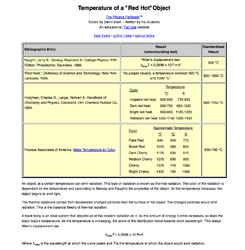I've recently hooked up my older model Jotul 118. I have 6' of black stove pipe going to a chimney with an 8X8 flue. I get a GREAT draft from this chimney...I mean GREAT. When I start a fire, it takes just a bit of kindling and the draft does the rest as it pulls air front to back and really heats up the stove. Fully loaded, I can go to bed and in the morning have enough hot coals at the back to set a small split or some kindling on and get a fire quickly. I can get my stovetop to around 600F when I have dry wood and my flue top temp runs about half. This is single walled pipe with a magnetic thermometer on it. I have a 'feeling' that I'm able to control the fire quite well with the air control on the stove. If I open the air up too much, the heat goes right out the chimney and my flue temp is the same as the stove.
My question is: if I'm able to control the fire as mentioned above with the air controls, do I really NEED a flue damper?
My question is: if I'm able to control the fire as mentioned above with the air controls, do I really NEED a flue damper?


 .
.
